SUMMARY
This is AI generated summarization, which may have errors. For context, always refer to the full article.
![[OPINION] Community gardens and fixing our food system](https://www.rappler.com/tachyon/2021/04/ispeak-food-system-640.jpg)
In mid-April, a community pantry appeared along Maginhawa Street, Quezon City. Its objective was simple: feed the people who are hungry. Get what you need, and give what you can.
In no time, similar community pantries began popping up all across the country, in a people-led push to bring food to those in need. Make no mistake – what we are seeing is a food revolution, a community-based, people-centric reply to systemic problems that have long kept our brothers and sisters hungry and destitute.
Let’s say it straight – the current food system restricts access to food based on income. This means that those of low income have very little access to the food they need. With many deprived of livelihood under the pandemic lockdown, hunger has skyrocketed. A Social Weather Stations survey reported that approximately 7.6 million families experienced involuntary hunger during the third quarter of 2020 – a record high for the country.
This, while a World Wide Fund for Nature (WWF) Philippines calculation showed that Metro Manila alone produces 2,175 tons of food waste on a daily basis. Serious logistical issues also plague the current food system. Access problems and the sheer distances between people and the countries’ farms and fisheries, coupled with limited movement caused by varying degrees of quarantine measures, leave many in hunger as mountains of food go to waste, unsold. Simultaneous problems of massive food waste and starvation are signs of a broken food system.
Community pantries help solve both of these issues by providing a venue where food is directly linked to those who would not have had access to it. It is an example of what sustainable food systems could – and must – look like in the Philippines.
But what can be done to make them a lasting part of our communities?
Empty lots, backyards, and rooftops could be fashioned into community-managed gardens, with every inch of space being made to serve the needs of the people. Whole communities could become self-sustaining, for the sake of those who live in them.
Examples of successful community gardens are rife. In Balo-i, directly north of Marawi City, Meranaw locals have banded together to establish one such garden. What is grown can then be freely harvested and eaten by anyone, with whatever surplus being given to neighboring, struggling communities. Where once they had to travel far or endure long waiting times to receive food aid, now they simply harvest the fruits of their joint efforts. Community bonds flourish alongside the nutritious crops grown in Balo-i’s garden.
The spirit of bayanihan is also alive and well in a communal garden in Novaliches where neighbors can get vegetables for free. Seeds and seedlings were contributed by members of the community, including materials to build the urban farm, which were sourced from donations by residents of the surrounding area.
Now that we have been exposed to the great many number of poor people who need access to food, we need all the help we can get. Community or communal gardens can be a great boost to the supply side of the pantries – and it ensures sustainability and continuous access to food for those who are in need.
The community pantry is the latest in a long line of effective community-based and environment-friendly solutions to food security. Providing a system that can make the pantries more sustainable, such as community gardens across the Philippines, can be a wonderful development toward securing food for all. These are important initiatives that deserve to be encouraged and supported.
Community pantries are a ray of hope in times of great crisis. It is one of the best examples of Filipino values that bind us as a nation – pakikipagkapwa-tao, kabutihang loob, at pakikiisa. We laud Ana Patricia Non and the people behind this initiative. Real, lasting, and effective solutions stem from genuine concern for our neighbors. Community-based solutions should be developed and promoted for the sake of us all, as we work to get through the worst of this pandemic. – Rappler.com
Angelo Lantin is the Communications Officer for the World Wide Fund for Nature (WWF) Philippines.
Add a comment
How does this make you feel?
![[ANALYSIS] Two options for community pantries](https://www.rappler.com/tachyon/2021/04/community-pantry-sq.jpg?fit=449%2C449)

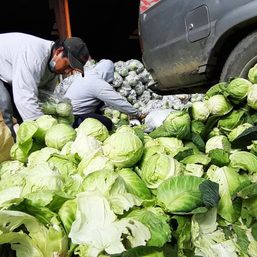
![[OPINION] Why is Japan Home Centre accepting sibuyas as payment?](https://www.rappler.com/tachyon/2023/02/japan-home-center-february-3-2023.jpg?resize=257%2C257&crop=188px%2C0px%2C900px%2C900px)
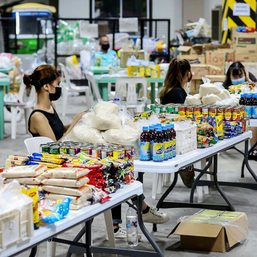
![[Editorial] Outshining the tyrant](https://www.rappler.com/tachyon/2021/12/animated-christmas-2021-carousel.jpg?resize=257%2C257&crop_strategy=attention)
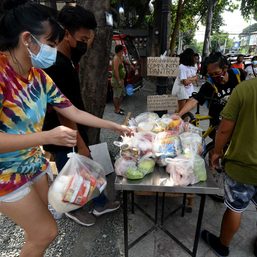


![[Time Trowel] Evolution and the sneakiness of COVID](https://www.rappler.com/tachyon/2024/02/tl-evolution-covid.jpg?resize=257%2C257&crop=455px%2C0px%2C1080px%2C1080px)



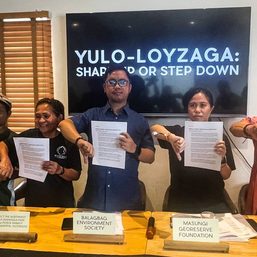



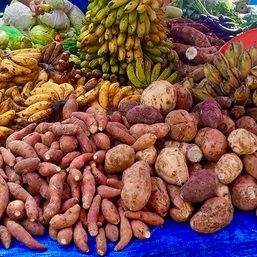
![[OPINION] Hungry children do not make good students](https://www.rappler.com/tachyon/2024/01/imho-PH-PISA-scores-jan-27-2024.jpg?resize=257%2C257&crop=260px%2C0px%2C720px%2C720px)
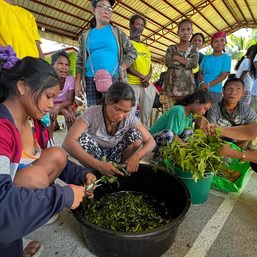
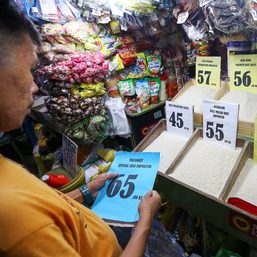
![[WATCH] In the Public Square with John Nery: Are Pepe and Pilar too short?](https://www.rappler.com/tachyon/2023/10/In-the-Public-Square-LS-SQ.jpg?resize=257%2C257&crop=384px%2C0px%2C1080px%2C1080px)

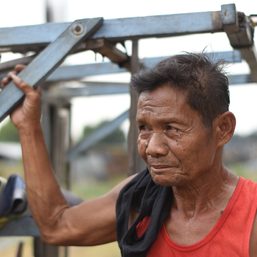
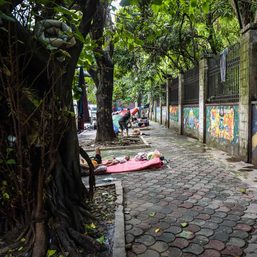
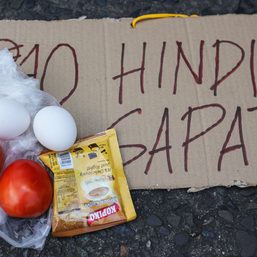
There are no comments yet. Add your comment to start the conversation.